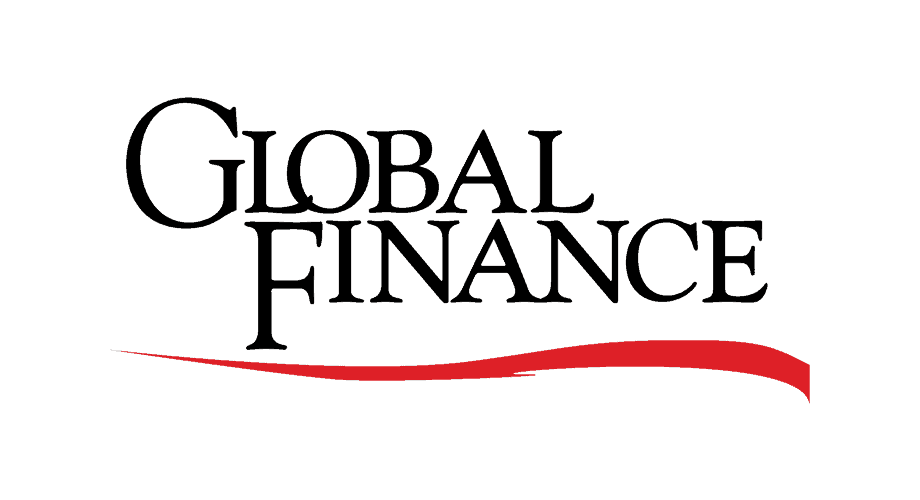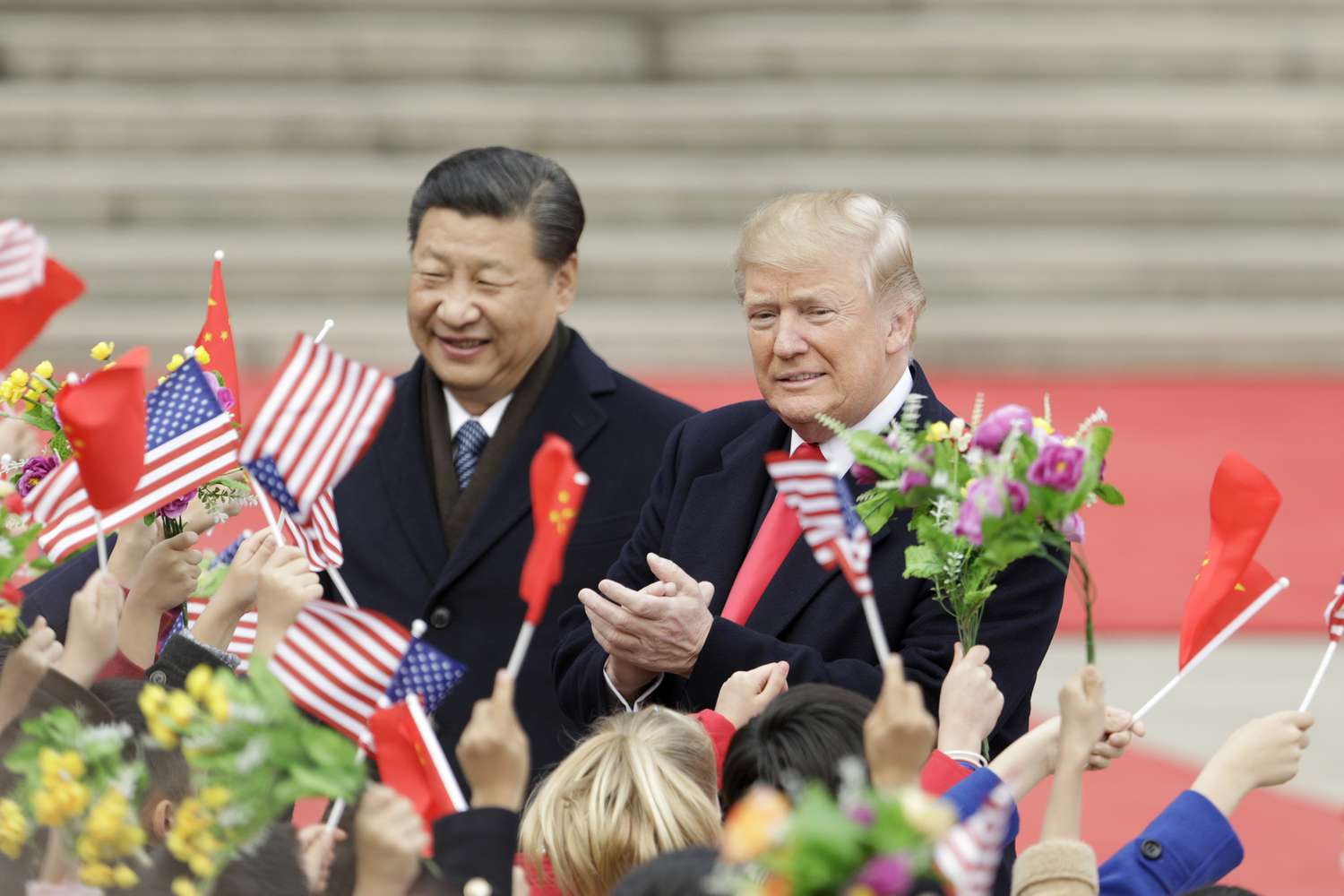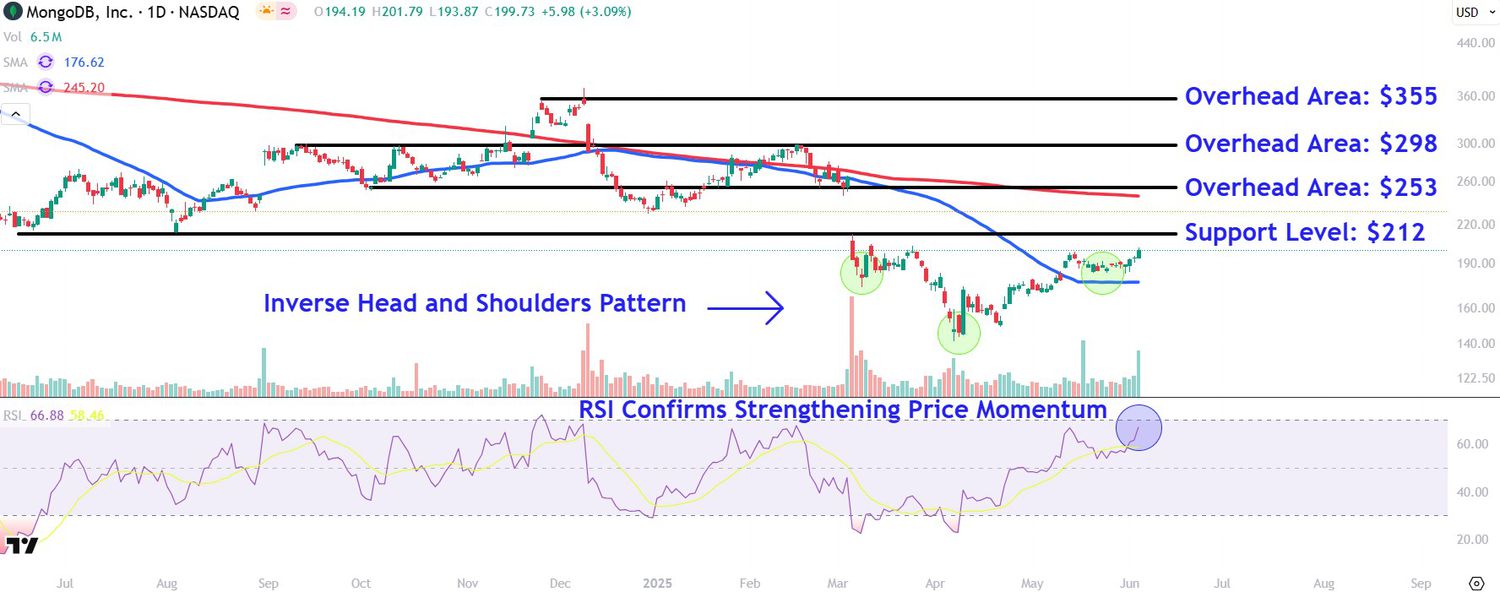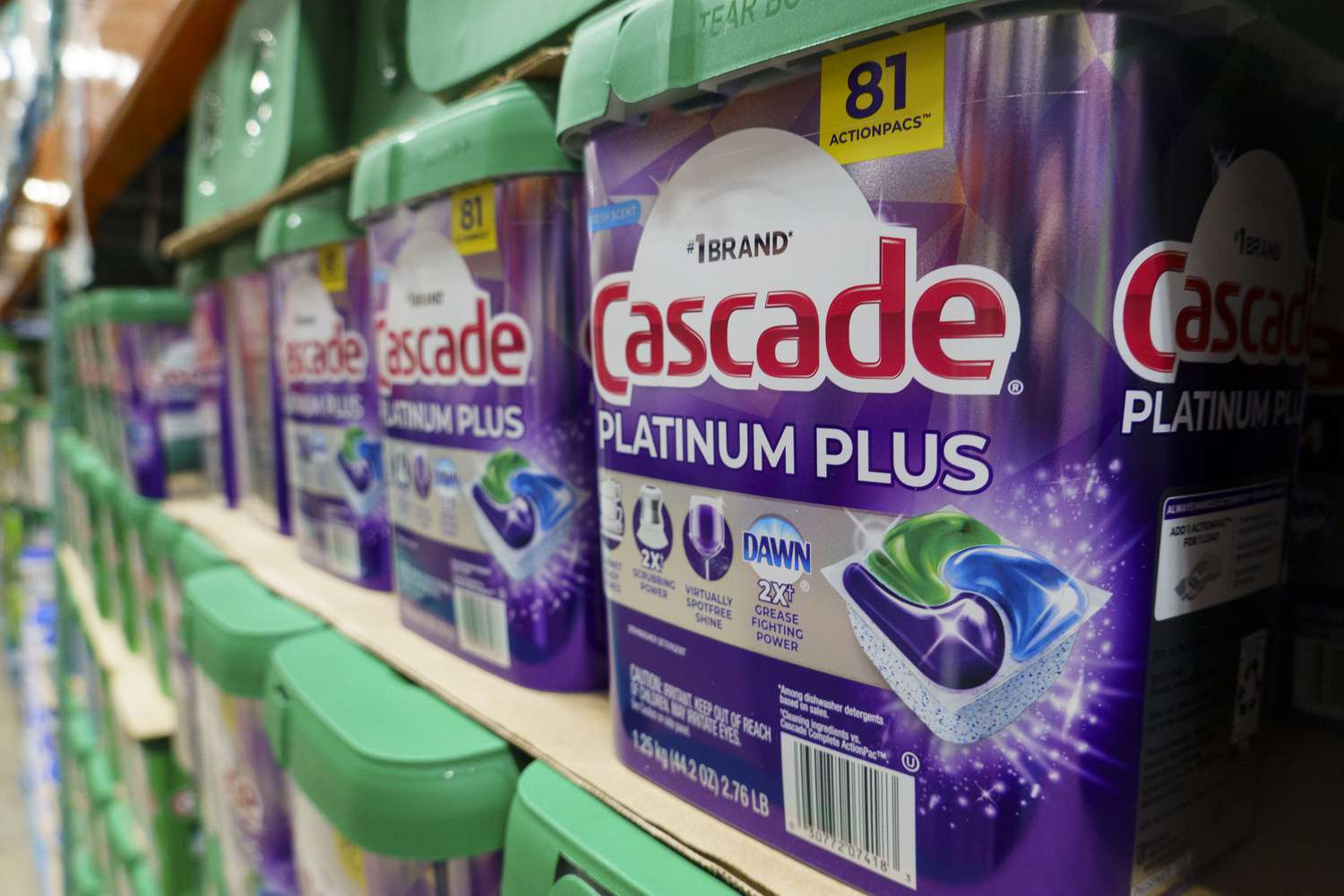Paul Brody, EY: How Blockchain Is Transforming Global Commerce

Paul Brody is global blockchain leader at professional services firm EY and co-author of a 2023 book, Ethereum for Business: A Plain-English Guide to the Use Cases that Generate Returns from Asset Management to Payments to Supply Chains. He speaks with Global Finance about blockchain technology’s impact on everything from routine payments to cross-border remittances to the future of banking and the CFO and treasurer roles.
Global Finance: If we look at what people are transacting on blockchains today, it’s not primarily bitcoin but stablecoin, a type of cryptocurrency designed to maintain a stable value over time. Does this surprise you?
Paul Brody: The ability of people to pay each other in dollars is hugely valuable. And to give you a sense of how big stable- coin dollars have become, last month the ethereum blockchain ecosystem did $2 trillion in stablecoin payments, over 99% of which were in US dollars.
GF: Who is actually using them?
Brody: By far the most popular initial use case for stablecoin is in emerging markets. Countries without independent central banks often experience high inflation or even hyperinflation, and so demand for US dollars is really high among the local population.
GF: And they’re being used for cross-border remittances too?
Brody: A lot of traditional cross-border systems take days to execute, and they cost a fair amount of money. If both participants have smartphones and cryptocurrency accounts, you can send dollars across borders in a matter of seconds for almost nothing.
GF: Lately, the US Treasury Department seems to be saying that the US doesn’t need a central bank digital currency [CBDC], i.e., a digital dollar. It can use stablecoin. Is that your read too?
Brody: What we need is well-regulated stablecoin. We need some regulatory safeguards to make sure that if you say there’s a dollar on-chain, there’s also a dollar in the bank account to back that up, or its equivalent in assets.
CBDCs have been flopping, mostly because central banks don’t really know why they’re doing them. I’ve talked to many central bankers, and they generally have no idea why they’re doing this other than Facebook wanted one.
GF: How will blockchain technology change things for corporate CFOs and treasurers?
Brody: CFOs and treasurers have some questions to ask themselves: Am I plugged into the crypto and blockchain system? Can I make stablecoin payments? Should I include bitcoin in my corporate treasury alongside US dollar-denominated bonds? Going further, can I automate my business contracts? My procurement? How can I run my business operations more efficiently? And if a customer wants to pay me in stablecoin, can they do so? The answer for most companies today is, no, they can’t.
GF: If you’re a stablecoin issuer, how do you make a profit on that business?
Brody: You make money with transaction fees and, potentially, your float on the interest rate. But that depends on interest rates. If rates go down really low, it’s going to be a painful business. Fees are pretty small because it’s such a competitive environment.
GF: What does all this mean for banks generally going forward? Is it going to lessen their importance?
Brody: It’s going to change banks’ role, and may diminish it. It depends on how a bank makes its money.
Banks that make their money processing credit card transac- tions are the most at risk because blockchains represent a new, more efficient way to process transactions. You swipe your credit card in a store, and you don’t see the cost of the payment, but it’s real and it’s substantial, like 3% to 4%. International wire trans- fers are usually a fixed fee, as much as $50. Stablecoin transfers cost almost nothing by comparison.
But if you’re a regional bank that does a lot of corporate finance, blockchain probably doesn’t change your business that much.
GF: What about major custody banks, such as BNY Mellon, JPMorgan, etc.? Is their business at risk?
Brody: Major custody banks are in an interesting place. They have a ton of assets, and if you’ve got assets and you control and custody those assets, you’re then in a position to help people tokenize them.
So, this new technology is certainly a threat, but it’s also potentially a substantial opportunity. At the end of the day, if you’re custodying assets and you’re now helping people tokenize them or manage them in different ecosystems, that represents the additive potential to your business.
GF: In your book Ethereum for Business, you highlight the importance of blockchain-based smart contracts. With these, one can define not only dollars but all sorts of things, even coffee mugs. Why aren’t more corporations using smart contracts?
Brody: The answer is that blockchains don’t yet have privacy built into them, and this is a huge problem. But it’s being fixed. It’s like the early days of the internet, when we didn’t have encryption. Most companies don’t feel comfortable doing business without privacy.
It’s why private blockchains have never worked. If companies had a private blockchain, they thought it ensured privacy. What they didn’t realize is that inside that walled garden there’s still no privacy. If you’re a big company and you have all your suppliers in your private blockchain, you still can’t run your procurement process there, because supplier A can see how much you’re paying supplier B, and also how much you’re ordering from them.
GF: How deep are banks going to go in providing blockchain services?
Brody: Every single bank is going to offer some kind of DLT [distributed ledger technology] service. You have stocks, you have bonds [to offer clients], and now you may add crypto. Other institutions may send cash to an ethereum address for you, instead of setting up a wire transfer to a bank address. There will be new versions of money transfer and payments, and some of them are going to be quite sophisticated.
GF: Skeptics are asking when they will see blockchain’s “killer app”: meaning an application that’s universally used, along the lines of what email did for the internet?
Brody: Stablecoins are the killer app, the one that gets everybody on-chain. The stablecoin market is about to get crazy competitive, and yield-bearing stablecoins will be widely available soon.
“CFOs and treasurers have to ask themselves: If a customer wants to pay me in stablecoin, can they do so?”
GF: All in all, is blockchain a niche innovation—useful but not earth-shattering—or is it something that can fundamentally change global finance?
Brody: It’s not only going to change global finance, but it will transform all global commerce.
Blockchain is going to become the plumbing by which all B2B transactions are done.
And the reason it’s so transformational is that historically, money, contracts, and “stuff” [i.e., goods] all were in different systems. Companies still spend huge amounts on reconciling money, stuff, and contracts. For example, it costs the average large company about $100 to pay a bill. And the reason is, somebody in procurement has to say, I’ve got this bill. Does it match the purchase order that I sent out? Do the terms on the bill and the purchase order match the terms of the contract? And so on. Imagine a future where the money, the stuff, and the terms of the contract are all in the same digital system and they all reconcile with each other. It’s done instantly. In 10, 15 years, the whole process will be universal and invisible. Back-end plumbing, right?






































